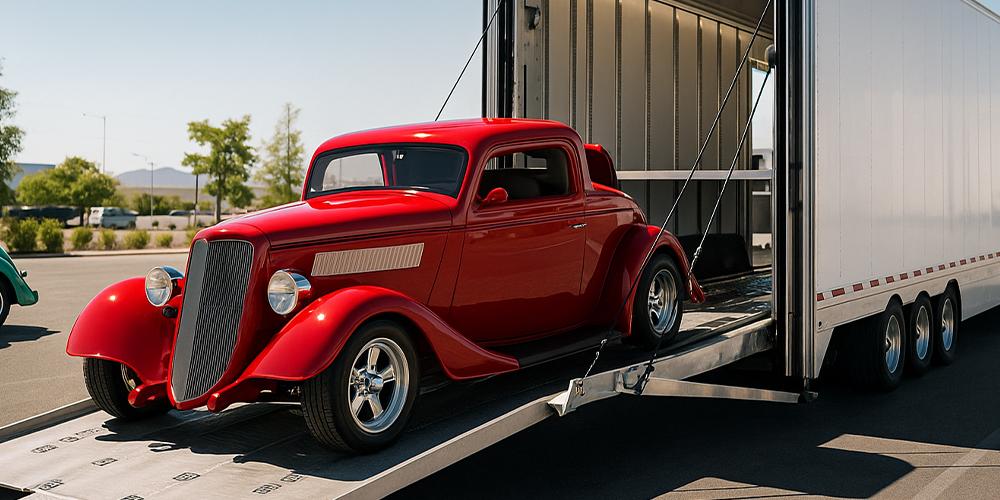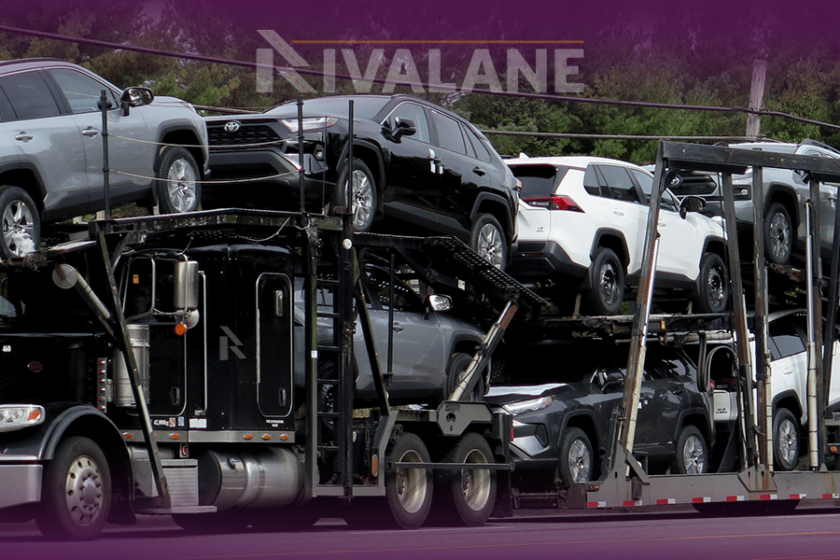3 Things To Know Before Shipping Your Classic Car to a Car Show or Auction
Transporting a classic vehicle isn’t just about moving it from point A to point B – it’s about preserving history, craftsmanship, and sometimes even decades of personal restoration work. Whether you’re doing classic car shipping for a Concours event, a national auction, or a regional car show, careful planning is essential to protect your investment and avoid last-minute headaches.
Here’s what collectors should know before the wheels even hit the trailer.
1. Choosing the Right Type of Transport

One of the most important decisions you’ll make is whether to ship your car via open or enclosed transport. Open trailers are more common and generally more affordable, but they leave vehicles exposed to the elements, road debris, and unexpected weather.
For collectors, enclosed transport is the gold standard. It protects the vehicle inside a covered trailer, shielding it from environmental damage and prying eyes. Within this option, you can also choose between multi-vehicle enclosed carriers and single-vehicle enclosed trailers. The former is more cost-effective and widely used, while the latter offers the most personalized service – ideal for high-value or rare vehicles that require white-glove care.
If you’re unsure which method fits your needs, this guide on enclosed vs. open transport breaks down the pros and cons for each.
2. How Insurance Works for Classic Car Shipping

Most professional auto transport companies provide basic cargo insurance as part of the service—often up to $100,000 in coverage. But what if your vehicle is appraised far higher than that?
In those cases, owners can, and should add supplemental insurance to match the vehicle’s market or replacement value. Some carriers offer the ability to upgrade coverage directly through their policies, while others may require you to obtain a rider from your own collector car insurer. Documentation, including appraisals and photographs, may be needed to secure additional protection.
This article on auto shipping insurance options explains how to verify coverage and what to look for in a policy.
3. Lead Time and Planning Around Show Dates
Unlike everyday vehicle shipping, classic car transport for events and auctions often comes with a non-negotiable deadline. Delivery needs to happen on time, especially when a vehicle is scheduled for display, judging, or a public debut.
So, how much lead time is enough?
It depends on factors like distance, route demand, time of year, and the type of transport selected. Summer and early fall, for example, are peak seasons due to numerous shows and auctions. To ensure availability and timely arrival, it’s best to book as far in advance as possible – ideally two to four weeks ahead for enclosed service. This is particularly true if you require guaranteed delivery windows.
For a deeper dive into timelines and what influences them, see this article on guaranteed delivery times.
A Real-World Example: Headed to Amelia Island

Imagine you’ve just finished a multi-year restoration of a 1962 Jaguar E-Type. It’s invited to a curated showcase at the Amelia Island Concours d’Elegance in Florida. You live in the Midwest.
You choose a single-vehicle enclosed trailer to limit handling and ensure maximum protection. The car is booked three weeks ahead to secure scheduling flexibility. Insurance is increased to cover its full restoration value of $250,000, and photographic documentation is provided at pickup.
The transport team tracks weather patterns and high-traffic routes, adjusting the schedule to avoid delays. The car arrives two days before the event—rested, spotless, and ready for its moment on the green.
Final Thoughts
For many collectors, shipping a classic car is a rare event – but it’s one that should be done with care and intention. By understanding your transport options, verifying insurance coverage, and planning around key dates, you give your vehicle the best chance to arrive safely and stress free.
And for those who see car shows not just as events, but as celebrations of automotive heritage, the journey should be just as thoughtful as the destination.






